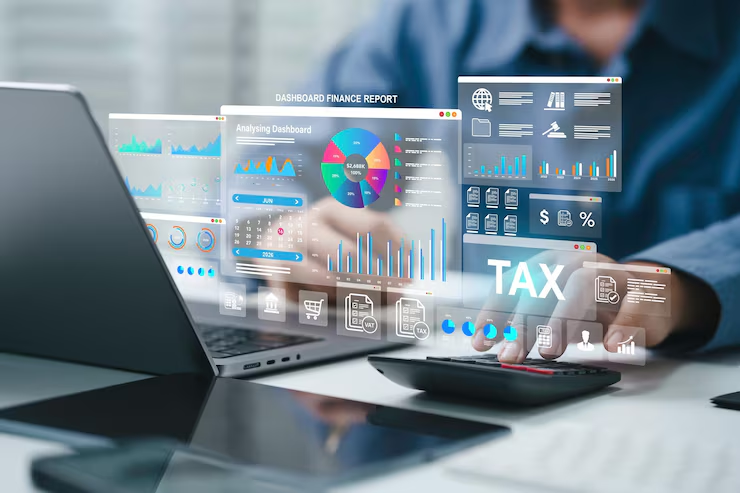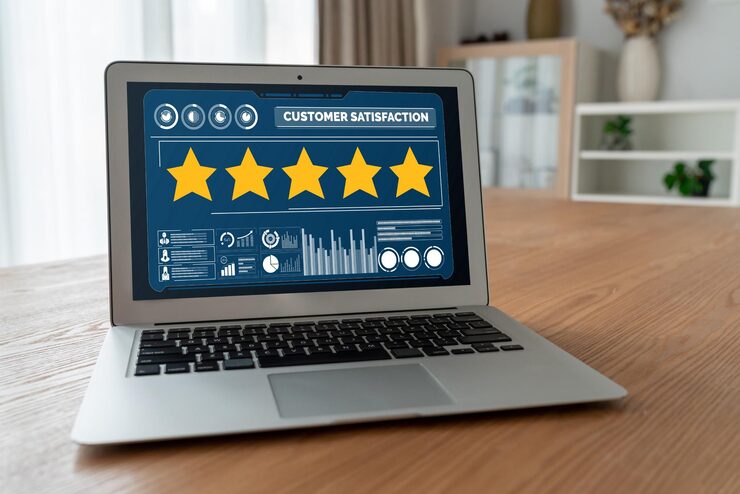Why the gap existed
Historically, accounting systems were designed for record-keeping and compliance. They relied on periodic batch processes, manual data entry, and static reports. Technology teams built separate tools or integrations, but the experience was often fragmented: slow reconciliations, delayed visibility, and limited automation.
That separation made it hard for business leaders to make timely decisions, increased the risk of errors, and made scaling expensive.
How fintech is closing the gap
Fintech is not just about payments or neobankit's an ecosystem of technologies that touch accounting at every layer. Key vectors include:
- Cloud accounting platforms: SaaS general ledgers and bookkeeping tools replace on‑prem systems with always-on access, automated backups, and continuous updates.
- Open APIs and integrations: Banks, payment providers, and ERPs expose APIs so data flows automatically into accounting systemremoving manual CSV uploads.
- Automation & RPA: Routine tasks like invoice processing and reconciliations are automated, freeing accountants to focus on analysis and exception handling.
- AI & machine learning: Intelligent categorization, anomaly detection, and predictive forecasting make financial operations faster and more accurate.
- Real-time reporting: Dashboards and streaming data enable finance teams to monitor KPIs continuously rather than waiting for month-end.
- Blockchain & distributed ledgers: For certain use-cases (e.g., cross-border settlements, audit trails), blockchain can provide immutable records and simplify verification.
Practical use cases
Here are concrete ways fintech is applied in accounting today:
- Automated bank feeds: Transactions post to the ledger in near-real time, shortening the reconciliation cycle.
- Smart invoice capture: OCR + ML extracts invoice data, matches PO numbers, and queues exceptions.
- Embedded payments: Customers pay directly from invoices with a single click; payments reconcile automatically.
- Expense management platforms: Receipt capture, policy enforcement, and automated reimbursements reduce manual approvals.
- Continuous audit: Auditors can access transaction-level details and immutable logs, reducing sampling and speeding audits.
Benefits for businesses and accounting teams
- Speed: Month‑end close times shrink because transactions are cleaned and categorized continuously.
- Accuracy: Machine-assisted data entry and reconciliations reduce human error.
- Scalability: Cloud-native services scale with transaction volume without large capital investment.
- Better insights: Real-time dashboards and predictive analytics support proactive decision-making.
- Cost savings: Automation reduces headcount tied to repetitive tasks and lowers processing costs.
Challenges and considerations
Adopting fintech-driven accounting isn't without hurdles:
- Data security & privacy: Moving finance data to the cloud raises concerns that require strong encryption, access controls, and vendor audits.
- Integration complexity: Legacy ERPs and bespoke systems may need custom connectors or middleware.
- Change management: Teams must adapt to new workflows; retraining and governance are essential.
- Regulatory compliance: Cross-border flows and tax reporting need to respect local laws and standard reporting formats.
Best practices for finance + tech alignment
- Start with the use-case: Identify high-impact processes (e.g., payables, reconciliations) where automation will deliver measurable ROI.
- Prioritize APIs and data standards: Choose vendors that support open APIs and common data formats to simplify integrations.
- Build shared KPIs: Finance and engineering should agree on metrics like time-to-close, reconciliation rate, and mean time to resolve exceptions.
- Invest in training: Upskill accounting teams to use new tools and interpret analytics outputs.
- Keep security first: Apply least-privilege access, multi-factor authentication, and regular security reviews of fintech partners.
What’s next emerging trends to watch
Fintech and accounting will keep converging. Expect to see:
- AI-driven financial planning: Autonomous forecasting that adapts to real-time signals.
- Composability: Smaller, specialized fintech building blocks that finance teams can assemble into custom workflows.
- Embedded finance: Accounting workflows that include lending, insurance, and payments natively in the platform.
- RegTech integration: Automated compliance checks and tax reporting becoming standard features.
Quick technical snippet sample flow using APIs
Below is a conceptual flow that shows how an invoice, payment, and reconciliation could be automated using APIs:
1. Payment provider posts webhook to /webhooks/payments
2. Server validates webhook, retrieves invoice by external_reference
3. Mark invoice as PAID and create ledger entry via accounting API
4. Trigger reconciliation job for the related bank account
Conclusion
Fintech is no longer an external specialist it's the connective tissue that modernizes accounting. By embracing APIs, automation, AI, and cloud platforms, organizations can move from periodic, backward-looking finance to continuous, forward-looking financial operations. The result is faster decisions, lower risk, and finance teams that add strategic value instead of being buried in spreadsheets.










